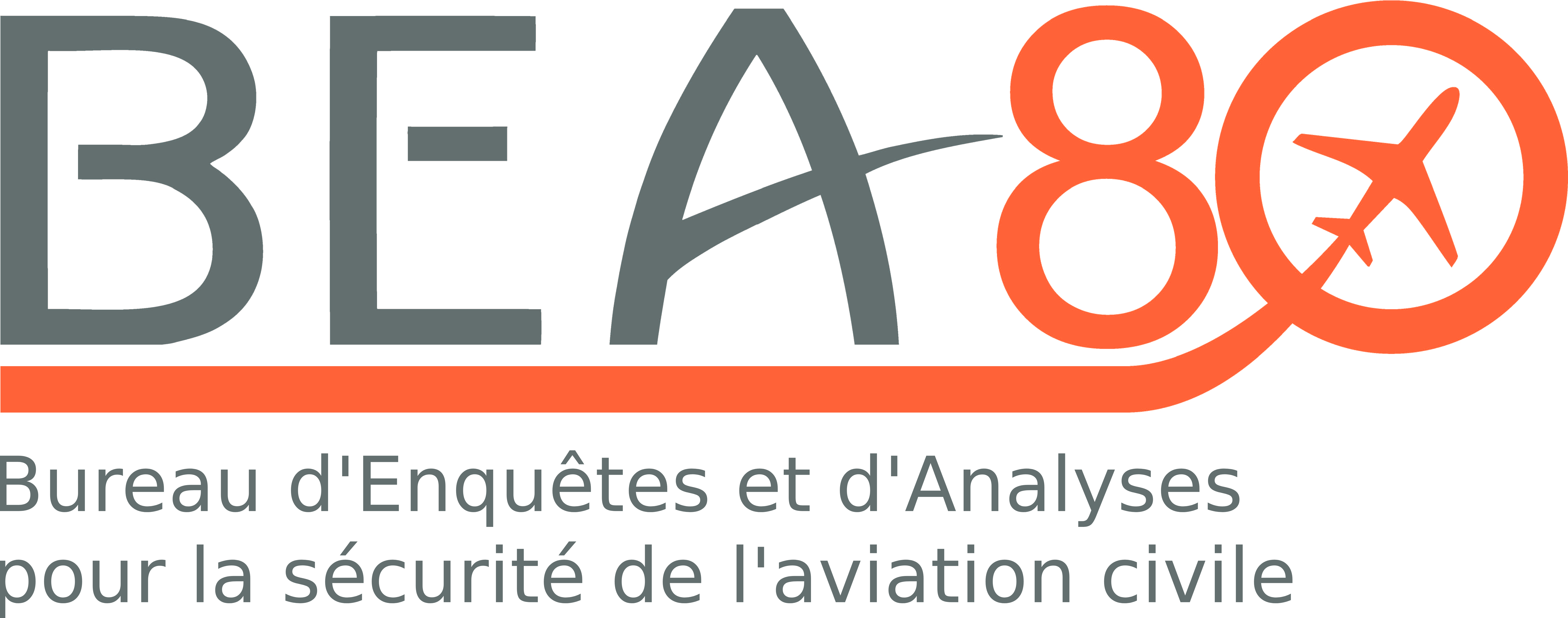Accident to the Airbus AS350 - AS350 - B registered F-GIBM on 07/03/2021 at Touques (Calvados)
Collision avec un arbre lors du décollage d’une hélisurface
Cat. 1 investigation report: ICAO-format report, published after a major or complex investigation.
The pilot and passenger, on a private Helicopter Landing Site (HLS) at Touques, prepared to take off for a VFR flight bound for one of the passenger’s properties south of Beauvais (Oise).
Shortly after the engine start-up, the helicopter was in hover flight and then climbed vertically facing trees, the highest treetop being at 23 m. The helicopter was at a height of around 19 m when the blades of the main rotor struck some branches. Under the impact, the tail boom separated from the helicopter. The helicopter yawed about itself while flying forward, fell and then struck the ground.
The manoeuvring area on the HLS, chosen the day before the accident when landing, restricted the possibilities of safely manoeuvring. This choice probably pushed the pilot to carry out a vertical take-off with a small safety margin with respect to the tree branches which were in the shade. The assessment of the distance to the obstacles may have been difficult in a shady environment with low light contrast.
The BEA has issued two safety recommendations addressed to EASA with respect to training in the use of confined areas and raising awareness about the consequences of ageing on the performance of the visual system.
The BEA issues 2 safety recommendations:
- Recommendation FRAN 2022-001 / Safety margin on Helicopter Landing Site (HLS) and training in use of confined areas
The BEA recommends that:
- in the absence of references regarding safety margins with respect to obstacles when using HLS or confined areas for Non-Commercial Operation (NCO);
- whereas the diversity of HLS and confined areas used in NCO by pilots with varying degrees of experience and proficiency;
- whereas the difficulty in associating flight experience measured in flight hours with practical experience of operations in confined areas;
- whereas companies carrying out commercial operations impose on their pilots, in their operations manual, dimensions for unrecognised landing sites;
EASA publish a guide aimed at training organisations which indicate distance-to-obstacle reference values adapted to initial training and how these can evolve according to the pilot’s experience and ratings.
- Recommendation FRAN 2022-002 / Ophthalmological tests of contrast vision, raising awareness of the consequences of ageing
The BEA recommends that:
- whereas one of the most characteristic physiological consequences of the beginning of ageing is the impairment of vision;
- whereas chronological age is not to be correlated with physiological age;
- to characterize all of the pilot’s vision performance which degrades irremediably with age and in which visual acuity is only one element;
- whereas the regulations may encourage AMEs to limit the aero-medical examination to one where the result is reduced to the person being declared fit or unfit, to the detriment of raising the pilot’s awareness and promoting safety when the latter meets the fitness criteria;
EASA include in Part MED of EU regulation No 117/2011, a guide or Acceptable Means of Compliance (AMC) proposing an awareness module that will encourage AMEs to freely address, during renewal medical examinations, the physiological consequences of ageing, using in particular, a contrast sensitivity assessment test as a support, with the objective of promoting safety.
The recommendations are being processed
The status of the recommendations is available at SRIS2: click here
___________________________________________________________________
Note: in accordance with the provisions of Article 17.3 of Regulation No 996/2010 of the European Parliament and of the Council of 20 October 2010 on the investigation and prevention of accidents and incidents in civil aviation, a safety recommendation in no case creates a presumption of fault or liability in an accident, serious incident or incident. The recipients of safety recommendations report to the issuing authority in charge of safety investigations, on the measures taken or being studied for their implementation, as provided for in Article 18 of the aforementioned regulation.
